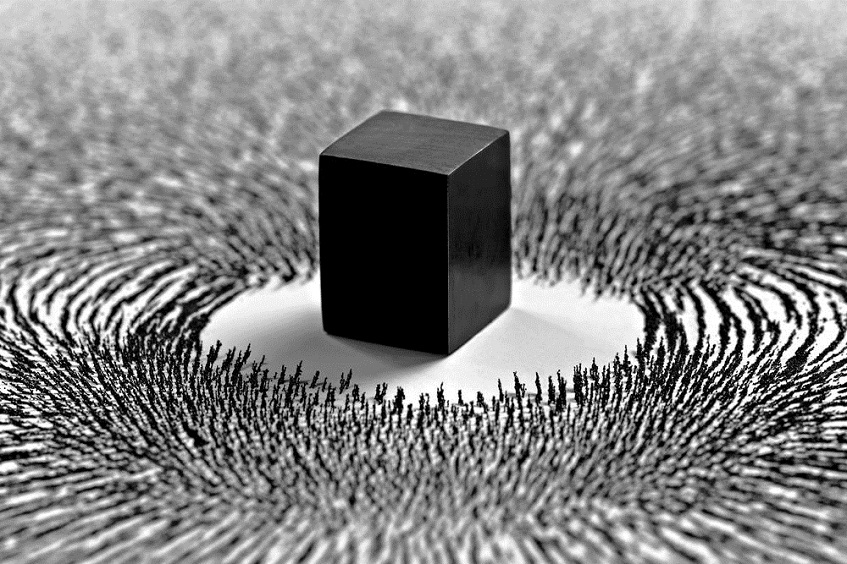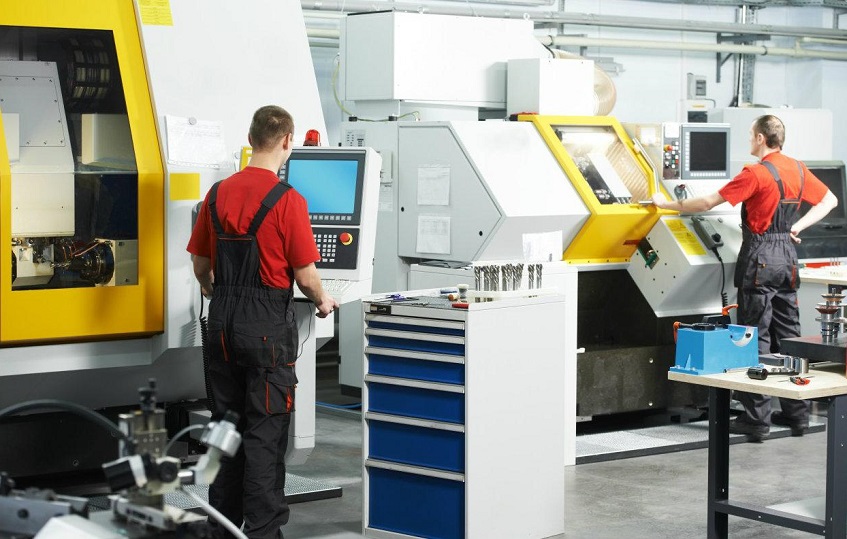
The Origin and Purpose of Magnetic Linear Encoders
Since their invention in the 1950’s, Computer Numerical Control, or CNC machines have revolutionized mass production in terms of speed, precision, complexity, and consistency. The development of this type of machines came shortly after WWII due to the need for more accurate and complex parts in the aircraft industry.
A CNC machine is basically a set of different tools such as mills, grinders, lathes, combined with servos which are controlled by a special program. The first prototype was constructed in the Servomechanisms Laboratory at MIT and at that time the control system of the milling machine was bigger than the machine itself. But, the advancement in computer technology significantly changed the way these machines are controlled.
Most CNC machines today use an encoder which is a mechanical motion sensor that responds to motion and generates digital signals. The encoder provides the user with information regarding the position, direction, and velocity. There are two types of encoders: rotary and linear. The rotary encoder responds to rotating motion, while the linear responds to motion along a path. In this article, I will focus on linear encoders or more precisely magnetic linear encoders.
Magnetism has found many uses in data technology, both for storing and modifying data. What the magnetic linear encoder actually does is producing TTL or analog output using a magnetic sensor which is also called a read head and a magnetic scale. The scale itself is coded using small magnets that alternate both poles at specific intervals. As the magnetic head moves along the scale, it detects changes in the magnetic field and sends a signal. The frequency of the magnetic signal is proportional to the displacement of the sensor and the measuring speed.

Magnetic linear encoders are very reliable in harsh environments because they detect changes in the magnetic field and interference such as light, dust, debris, and oil has no effect on the system. Linear encoders for numerically controlled machines can be used almost everywhere. This is why a magnetic linear encoder is the ideal addition for machines with feed axes that are in a closed loop such as boring machines, lathes, grinding machines, milling machines, machining centers and so on. Other uses include manual machine tools, pressing and bending machines, and automation and production equipment.
Magnetic linear encoders have many advantages. They are able to measure the position of the linear axes without the use of additional mechanical transfer elements. The linear encoder on the slide can detect transfer errors from the mechanics and the control electronics can correct them. This will eliminate a variety of potential error sources such as positioning errors from the thermal behavior of recirculating ball screws, kinematic errors through ball-screw pitch errors, and hysteresis. This is why linear encoders are essential for high positioning accuracy and machining speed.
The design of most encoders usually features an aluminum housing that seals the scale and protects it from dust, chips, and fluids. The scanning carriage itself travels along a low-friction guide and compensates for any misalignment between the machine guideways and the scale.

